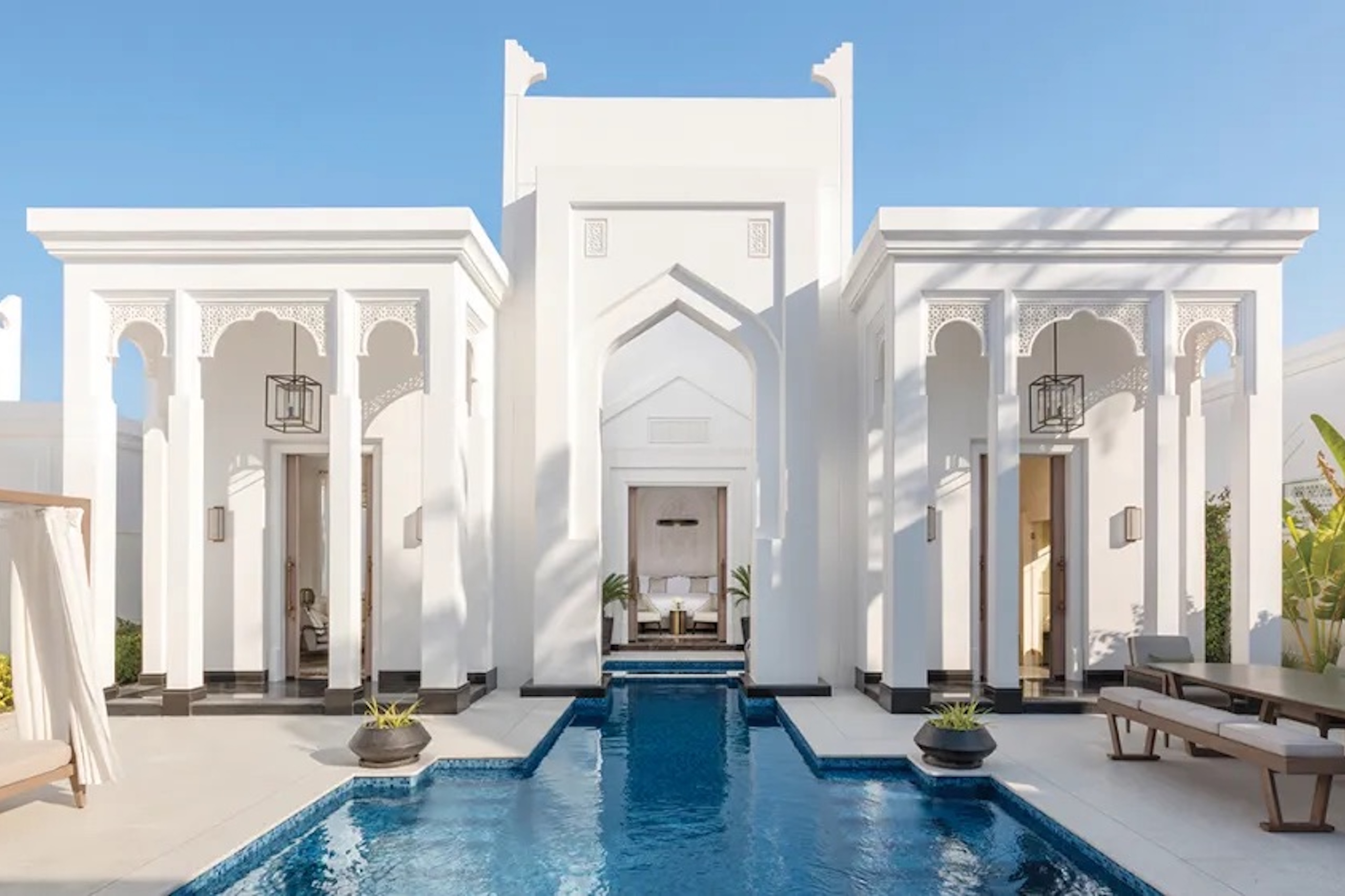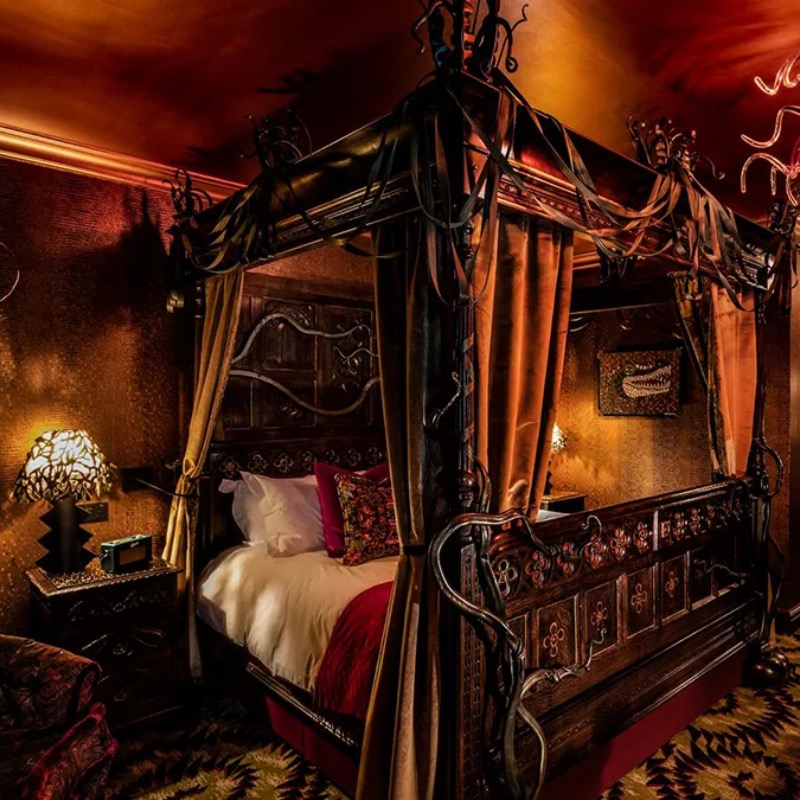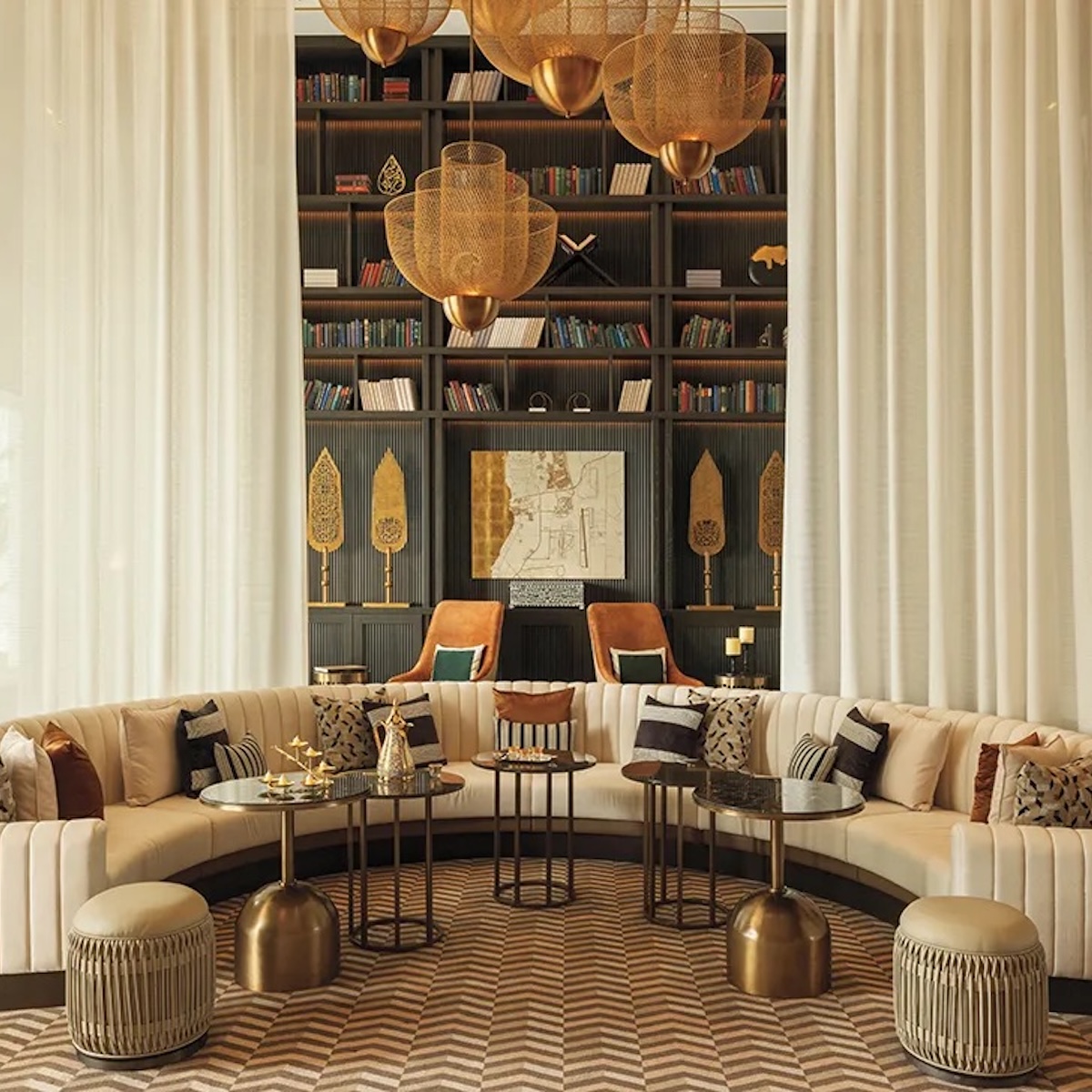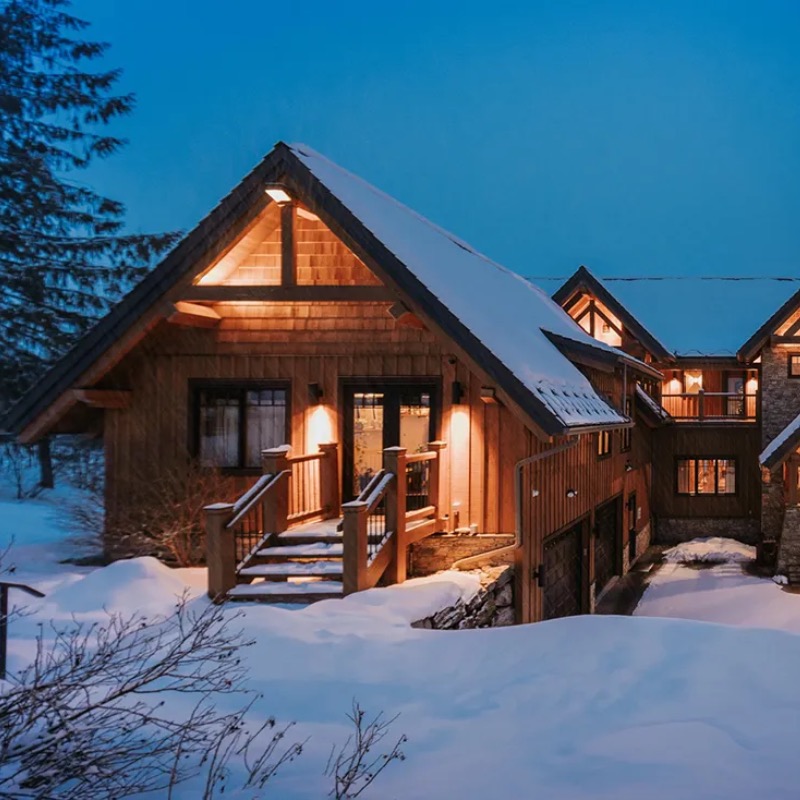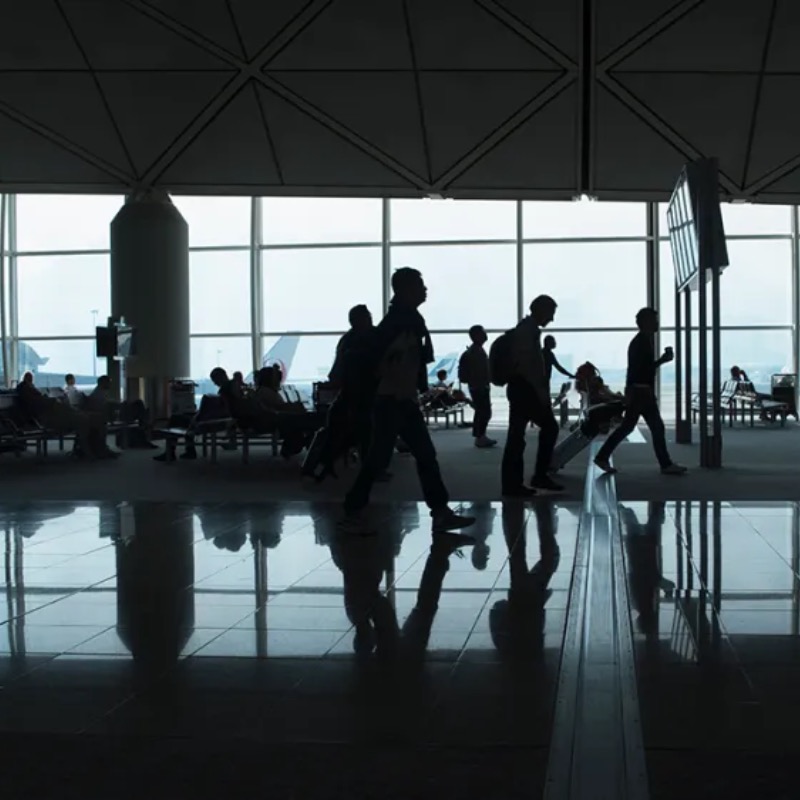“You can see yourself in a pearl. It’s not like any other stone,” Mohamed al-Mahmood says with a smile. Then, he produces a showstopper from a red-velvet-lined box: The distorted yet highly sought-after form is known as a baroque pearl. It’s set in a necklace that will sell for US$3.5 million (approximately HK$27.23 million).
Mahmood is standing in the inner sanctum of his family’s jewellery store in Bahrain, a 274-square-mile island nation in the Persian Gulf that has been synonymous with natural pearls for centuries. It’s also a destination that American travellers can now reach easily for the first time.
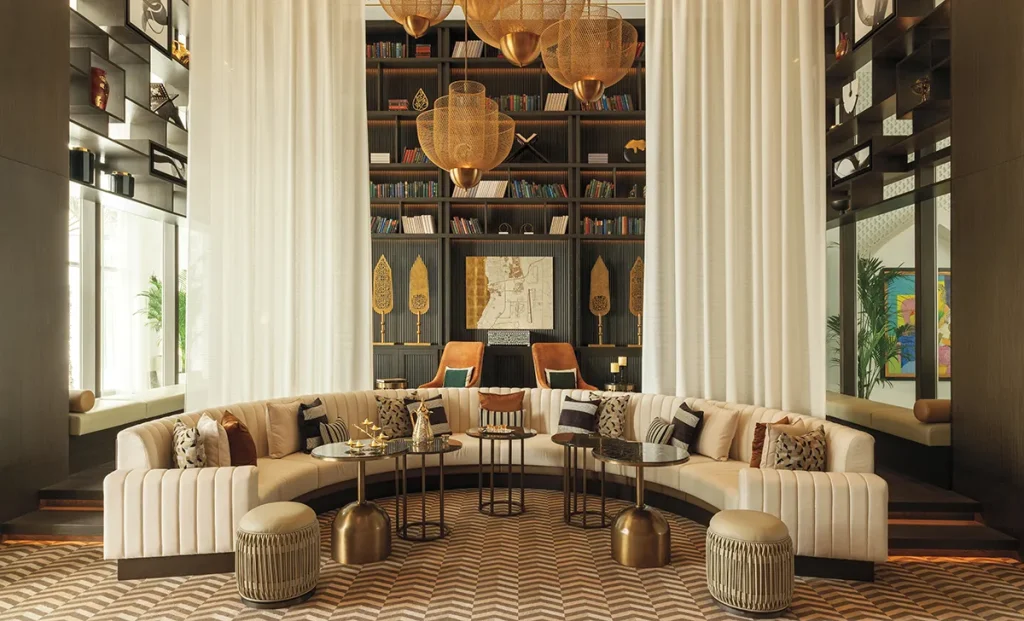
Image courtesy of Vincent Leroux
In October, Gulf Air inaugurated a direct flight to the country, departing three times weekly from New York’s JFK. Robb Report Travel Master Cari Gray of Gray & Co. says that many of her clients opt for commercial carriers, usually a Middle Eastern airline, for long-haul trips here, and swap to a private plane for the last leg. “It bodes well for Bahrain,” she adds. And it’s a major coup for the kingdom, too, which will soon see its clutch of five-star hotels swell: There’s already a Mantis resort perched on Hawar, one of the Maldives-like tropical islands that are part of the country’s archipelago, as well as a splashy, all-villa Raffles property in the quieter southern countryside. Next year will welcome a Kempinski complex with 74 guest rooms and 186 residences, and Waldorf Astoria is planning a 120-room property for 2028. There’s even a tiny locally run boutique hotel underway in a historic building in the old town of Muharraq.
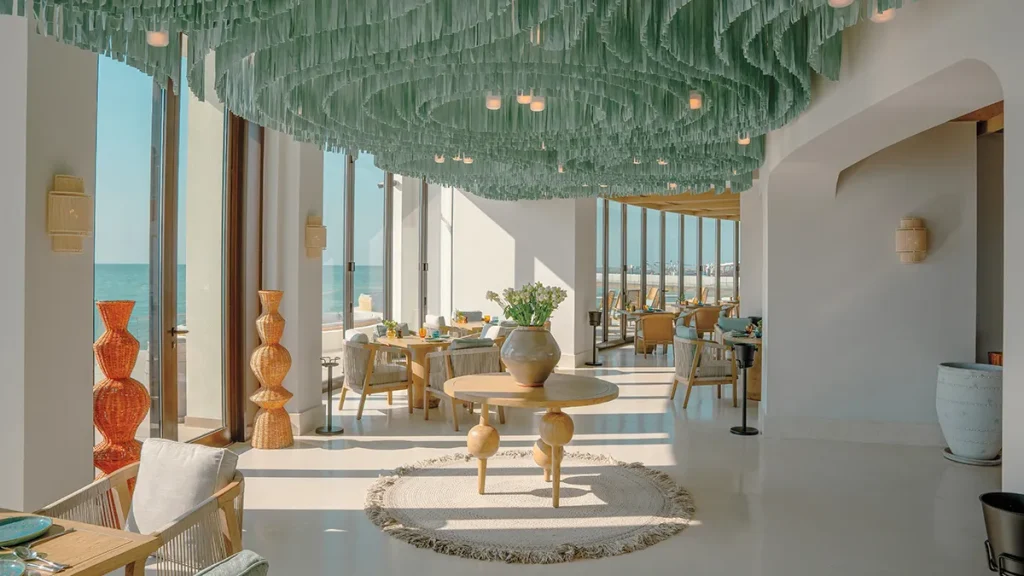
Image courtesy of Hawar Resort
Those new properties are a direct response to Bahrain’s rising profile among jet-setters, says Travel Master Jaclyn Sienna India of Sienna Charles. She calls the country “an elegant, authentic alternative to overbuilt Gulf cities, ideal for clients looking for culture, calm, and exclusivity.” The nation, a former protectorate of the United Kingdom, is more liberal than many of its neighbours: Alcohol is widely sold, for example. The rise of Saudi Arabia, just 15 miles away, has boosted its fortunes, too, as many expats based there flock to Bahrain on weekends given the more Western-style daily life. (It’s important to note that despite an ongoing programme to improve what has been called a dismal human-rights record, Bahrain remains an absolute monarchy. The Economist Intelligence Unit ranked it 138th out of 167 countries in its 2024 Democracy Index.)
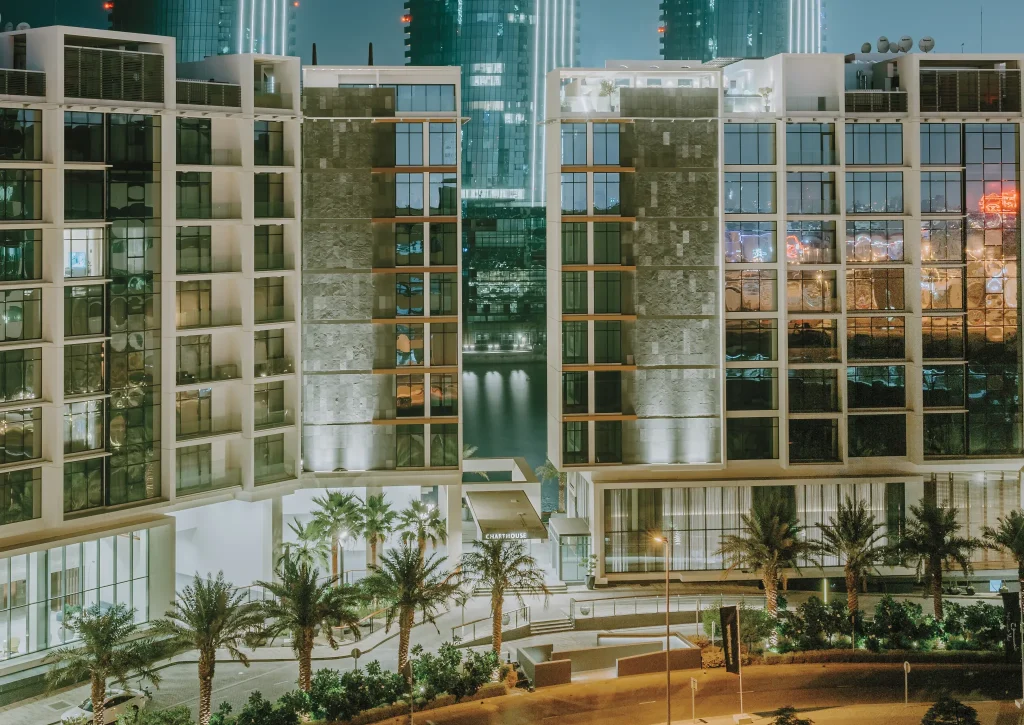
Image courtesy of Kempinski Hotels
Still, one of the biggest lures for travellers is an appointment with a pearl merchant like al-Mahmood, the seventh generation of his family in the business. Jacques Cartier came here for the first time in 1912, seeking the origin of the pearls he was buying in India. Today, many jewellers still rely on the region’s superior examples: Tiffany’s 2025 Bird on a Pearl collection sources its titular gems from the stock of Hussein Al Fardan, a respected expert—who has been working with the brand for the past three years—with the largest private cache of natural saltwater pearls in the Gulf region. Bahrain fiercely guards its reputation for natural pearls, having banned the production of cultured versions in 1928, soon after they’d been devised by Kokichi Mikimoto. There’s even a government-run lab, Danat, that uses a variety of technologies to inspect all pearls before they’re sold, to guarantee their authenticity.
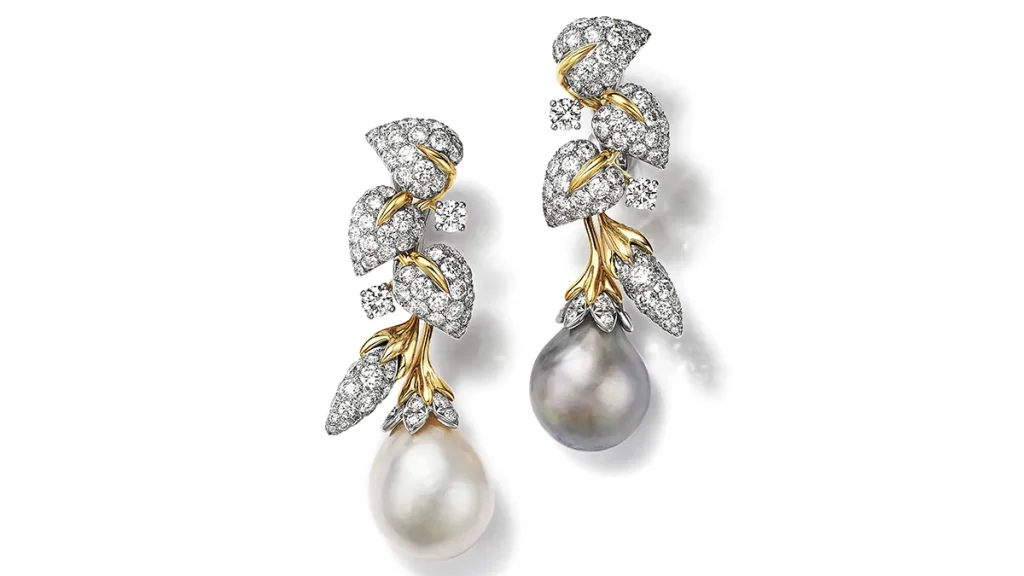
Image courtesy of Tiffany & Co.
There is more to modern Bahrain than that centuries-old tradition. It has long been renowned for its Arabian horses, and the Bahrain Turf Club recently opened a new home with an enormous stand for spectators. The biggest race in its season is the Bahrain International Trophy, on 14 November, which awards a US$600,000 (approximately HK$4.66 million) first-place prize.
The other kind of horsepower is present here, too. Bahrain’s Formula 1 track—known for long straights and tight corners that encourage nail-biting overtaking—held its first race two decades ago. Now there are more than 350 events each year. The FIA World Endurance Championship’s grand finale, 8 Hours of Bahrain, takes place every November, when the track is sweltering even in the winter sun.
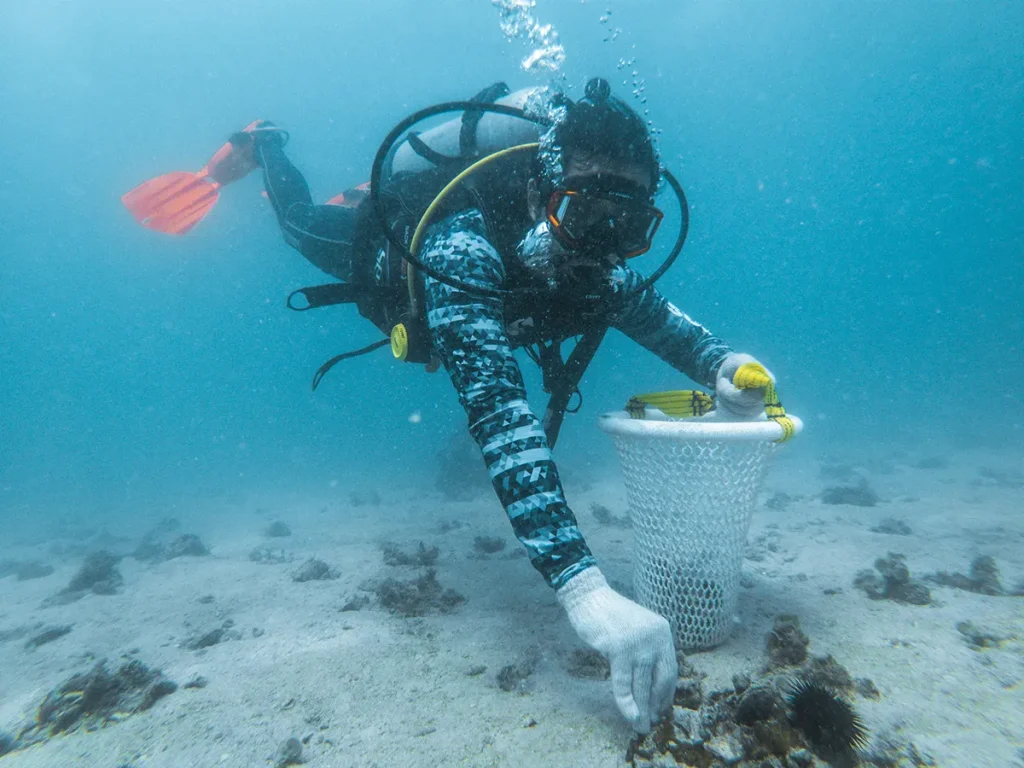
Image supplied
But almost no one can come here without dabbling in a little pearl buying. If you do, don’t miss the Pearling Path, an adaptive reuse project in Muharraq that snakes through the old town and showcases the industry via a series of museums and cultural sites. Bahraini pearls usually have a reddish tinge, so that red-velvet box al-Mahmood favours tends to enhance their lustre. “Don’t think about size, but about quality. In every 1,000 pearls, you might get one or two that are perfectly round,” he says, while holding a necklace strung with gobstopper-size globes. “All the good necklaces sold in the world are from Bahrain.”





